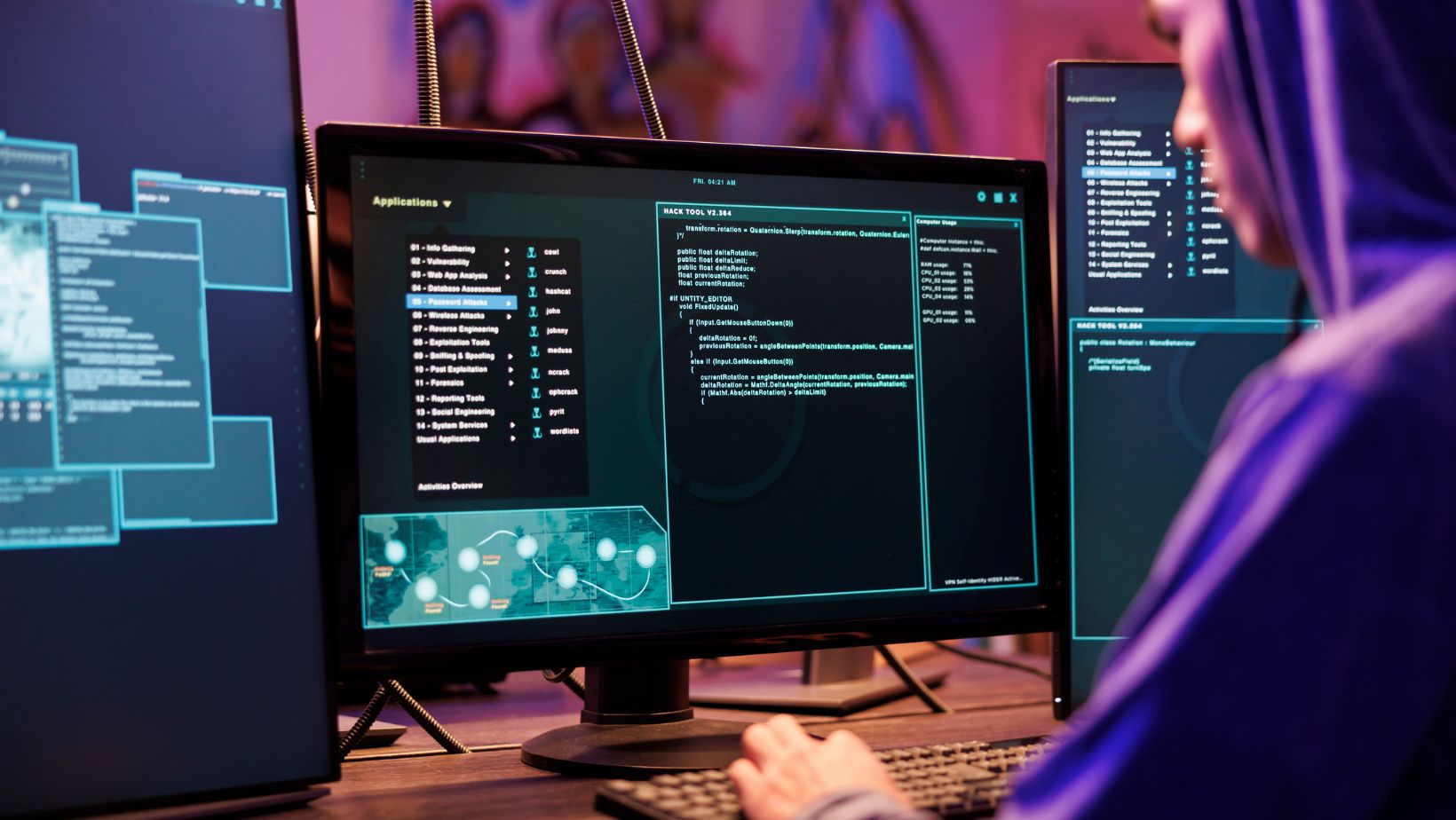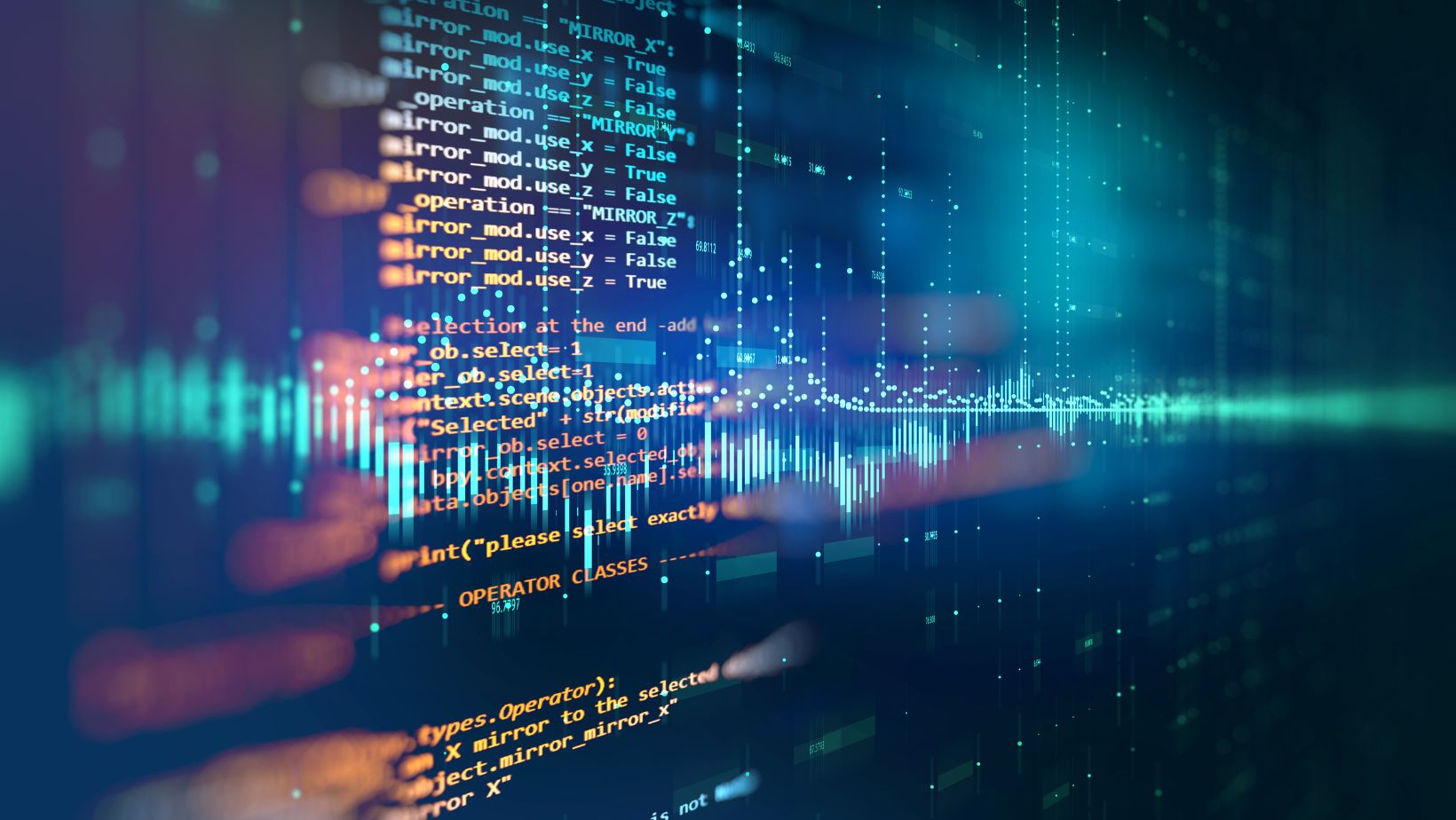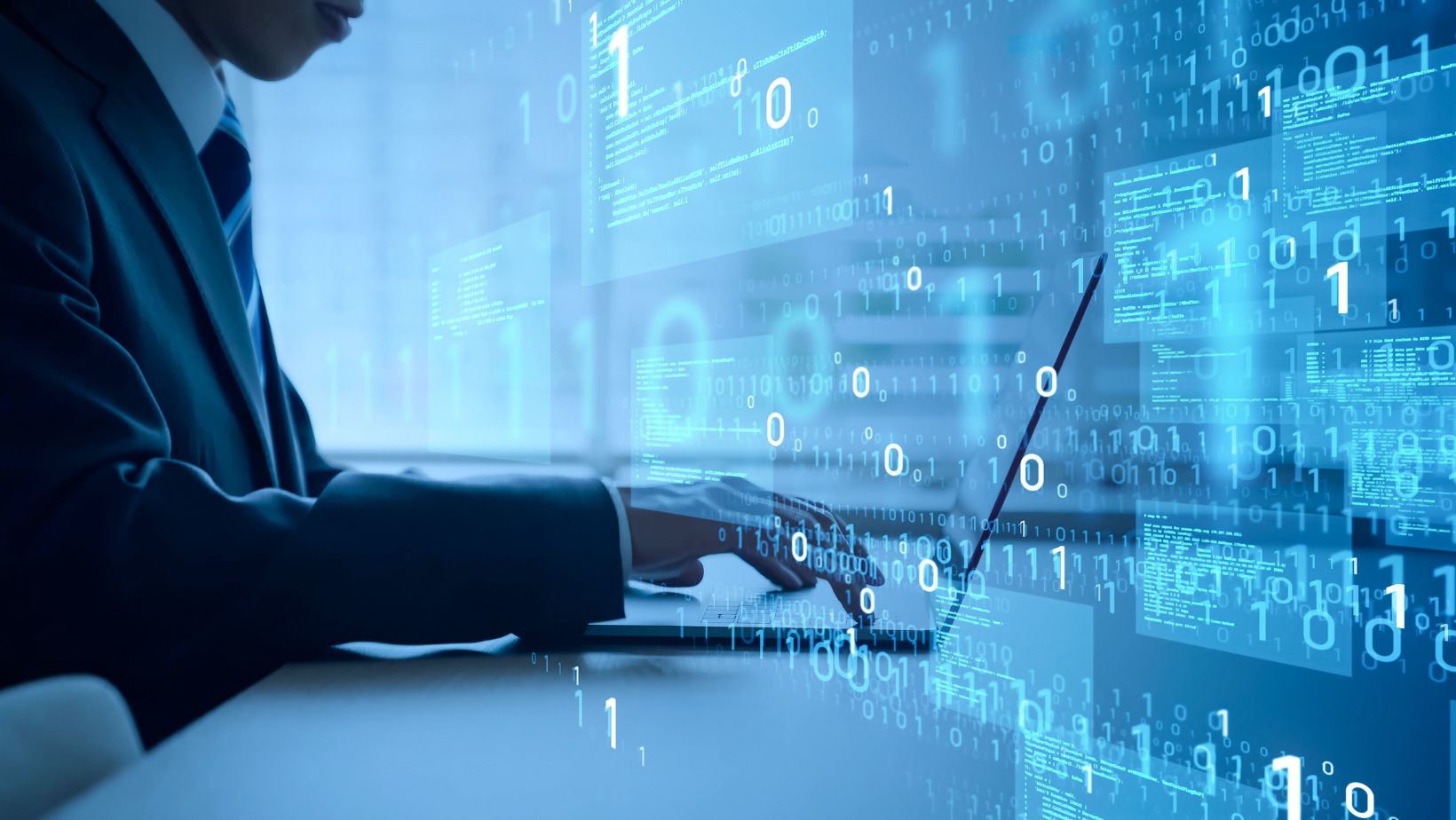
Table of Contents
ToggleSoftware 2.0
 Software 2.0 represents a transformative shift in technology where machine learning and neural networks play a pivotal role in enhancing algorithms through data-driven learning. Unlike its predecessor, Software 1.0, which operated based on explicit developer instructions, Software 2.0 focuses on training models to comprehend and adapt to intricate data patterns autonomously. This advancement marks a significant milestone in software development, empowering the creation of dynamic systems capable of continuous evolution, thereby blurring the boundaries between human intellect and machine capabilities.
Software 2.0 represents a transformative shift in technology where machine learning and neural networks play a pivotal role in enhancing algorithms through data-driven learning. Unlike its predecessor, Software 1.0, which operated based on explicit developer instructions, Software 2.0 focuses on training models to comprehend and adapt to intricate data patterns autonomously. This advancement marks a significant milestone in software development, empowering the creation of dynamic systems capable of continuous evolution, thereby blurring the boundaries between human intellect and machine capabilities.
While Software 1.0 relied heavily on manual coding and predefined rules to perform tasks, Software 2.0 leverages machine learning techniques to enhance algorithms by learning from data patterns. This progression underscores a fundamental shift towards more adaptive, self-learning systems that can refine their functionalities over time without explicit human intervention. The evolution from Software 1.0 to Software 2.0 signifies a fundamental change in how software is developed and optimized for efficiency and intelligence in the modern technological landscape.
Key Characteristics of Software 2.0
Automated Code Generation
Automated code generation is a fundamental characteristic of Software 2.0. In this innovative approach, the system itself generates code based on the data it processes. This eliminates the need for manual coding by developers, significantly speeding up the development process. By automating code generation, Software 2.0 enhances efficiency and accuracy in creating complex algorithms, freeing up developers to focus on higher-level strategic tasks within the software development cycle.
Self-Improving Algorithms
Software 2.0 is distinguished by its self-improving algorithms, which continuously learn and adapt to new data inputs. Unlike traditional software that remains static after deployment, Software 2.0 algorithms evolve over time, refining their performance and accuracy through iterative learning cycles. This self-learning capability enables software systems to dynamically adjust to changing conditions, optimize their operations, and deliver enhanced outcomes without manual intervention.
Software 2.0 in Action
Real-World Applications
Software 2.0’s implementation in real-world scenarios showcases its transformative potential across various industries. In financial services, companies utilize Software 2.0 for fraud detection systems that continuously analyze transaction data to identify anomalies and prevent fraudulent activities proactively. This application not only enhances security measures but also optimizes operational efficiency by reducing manual reviews.
In healthcare, Software 2.0 revolutionizes diagnostic processes through machine learning algorithms that can analyze medical images and data to assist in disease detection and treatment planning. This innovation accelerates diagnosis timelines, improves patient outcomes, and augments medical professionals’ capabilities, leading to more effective healthcare delivery.
Industries Transformed
 Software 2.0 has significantly impacted multiple industries, driving innovation and efficiency. The automotive sector leverages Software 2.0 for autonomous driving technology, enabling vehicles to make real-time decisions based on sensor data analysis and machine learning algorithms. This advancement enhances road safety, improves transportation systems, and paves the way for the future of self-driving cars.
Software 2.0 has significantly impacted multiple industries, driving innovation and efficiency. The automotive sector leverages Software 2.0 for autonomous driving technology, enabling vehicles to make real-time decisions based on sensor data analysis and machine learning algorithms. This advancement enhances road safety, improves transportation systems, and paves the way for the future of self-driving cars.
In the retail sector, businesses implement Software 2.0 for predictive analytics and personalized marketing strategies. By analyzing consumer behavior data, retailers can offer tailored product recommendations, promotions, and customer experiences, fostering customer loyalty and increasing sales revenue.
The Future of Software Development
Software development is on the brink of a significant evolution with the emergence of Software 2.0, driven by machine learning and neural networks. Integrating Software 1.0, which relies on traditional programming methods, with Software 2.0 is crucial for a seamless transition. By combining the deterministic nature of Software 1.0 with the data-driven learning capabilities of Software 2.0, developers can harness the strengths of both paradigms to create more robust and adaptive software solutions.
The future of software development holds immense promise as Software 2.0 continues to gain traction across industries. With the ability to autonomously evolve algorithms based on data inputs, Software 2.0 paves the way for enhanced efficiencies, improved decision-making processes, and innovative applications across various sectors.